
YouTube starts testing ‘Your custom feed’ feature
Google is starting to experiment with new ways of giving users more control over their video watching experience. This time around, it is the feed feature which is getting something of an overhaul.
The main aim of the new ‘Your custom feed’ feature is to gives user greater control over the video recommendations they see. Although this new approach is still powered by an algorithm, there is at least some scope for tailoring how it works and – by extension – the content it throws up.
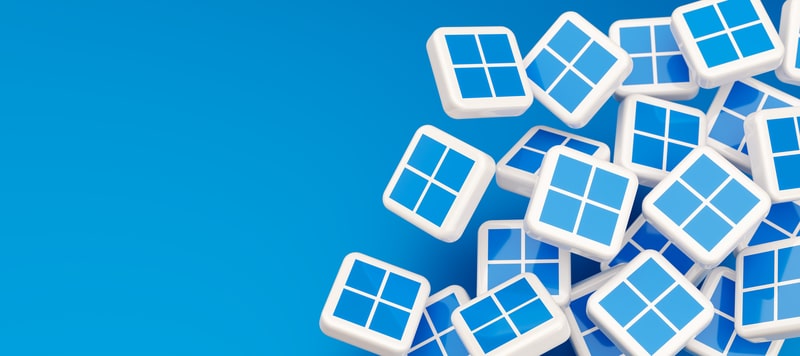
Microsoft confirms Windows 11 24H2 bug that crashes the Start Menu, File Explorer and more
Microsoft has acknowledged a serious issue with Windows 11 24H2 which it says can cause “multiple symptoms”. The problem has been around for a number of months now, and occurs when provisioning systems with cumulative updates released from July 2025.
The list of potential issues caused by the bug includes problems with File Explorer, the Setting apps, the Start menu, the Taskbar and more besides. While it is good that Microsoft has now confirmed that it is aware of the issues that have been affecting people for so long, the company is yet to come up with a proper fix – only a workaround.

Businesses still rely on old threat methods as AI speeds up attacks
Threats are getting harder for organizations to deal with because attackers now have access to generative AI, faster tools, and a growing criminal marketplace that keeps pushing new tactics into the wild.
Plenty of companies still lean on older threat intelligence processes that just weren’t built for this pace. ISACA’s new white paper, Building a Threat-Led Cybersecurity Program with Cyberthreat Intelligence, lays out practical steps to help teams move toward a setup that’s easier to use day to day.
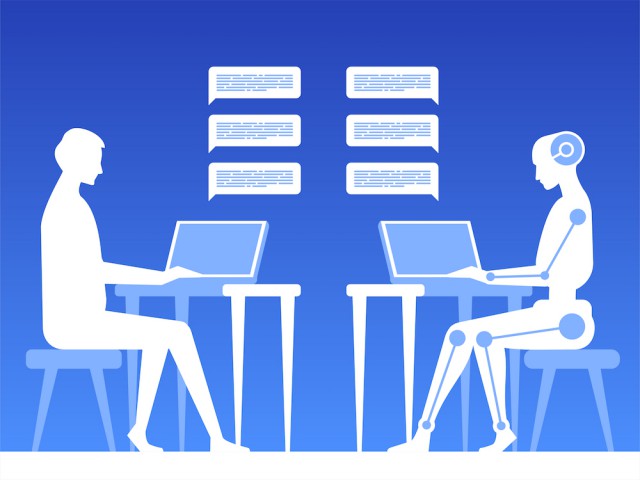
Americans increasingly verify AI chatbot answers using Google or other sources
Although AI chatbots like Microsoft Copilot, ChatGPT and Grok are now part of daily life for many Americans, regular users don't fully trust the answers the AI gives them.
A new survey from ChatOn shows that while conversational tools are widely used for speedy answers, writing tasks, and idea generation, concerns about accuracy and privacy are guiding user behavior and many users will turn to Google and other sources to double-check what they’re told rather than blindly trusting responses.
SEE ALSO: AI is fueling an explosive rise in fraud and digital identity crime

Think your password is safe? AI could break it before you blink
You may think your passwords are strong, with their mix of upper and lower case letters, numbers, and special characters, but new analysis from Messente shows that they likely aren't as safe as you think. The company's study looked into how quickly AI can crack common passwords, revealing that most were defeated in seconds and only very long, mixed-character passwords offered any kind of real barrier to modern cracking tools.
Messente reviewed 14.2 million real-world passwords using AI systems such as PassGAN alongside GPU-based simulations. The goal was to see how quickly an AI-powered model could crack passwords of different lengths and structures.

Google Assistant is being killed off in a few short months
The writing has been on the wall for some time, but Google Assistant’s days are not only officially numbered, but we have a far better idea of when the once-revolutionary digital assistant will be vanishing.
The seemingly unstoppable wave of artificial intelligence means that Google Gemini has been long seen as being far more significant and useful than Google Assistant. Having made some vague suggestions about Assistant being upgraded with Gemini at some point in the future, Google has now revealed a bit more detail about the timeline.

Ransomware attacks targeted at weekends and holidays
Most ransomware attacks occur during weekends and holidays, times of distraction or disruption when the majority of SOCs are not adequately staffed.
A new report from Semperis finds that 52 percent of surveyed organizations in the US, UK, France, Germany, Italy, Spain, Singapore, Canada, Australia and New Zealand were targeted at holidays or weekends.
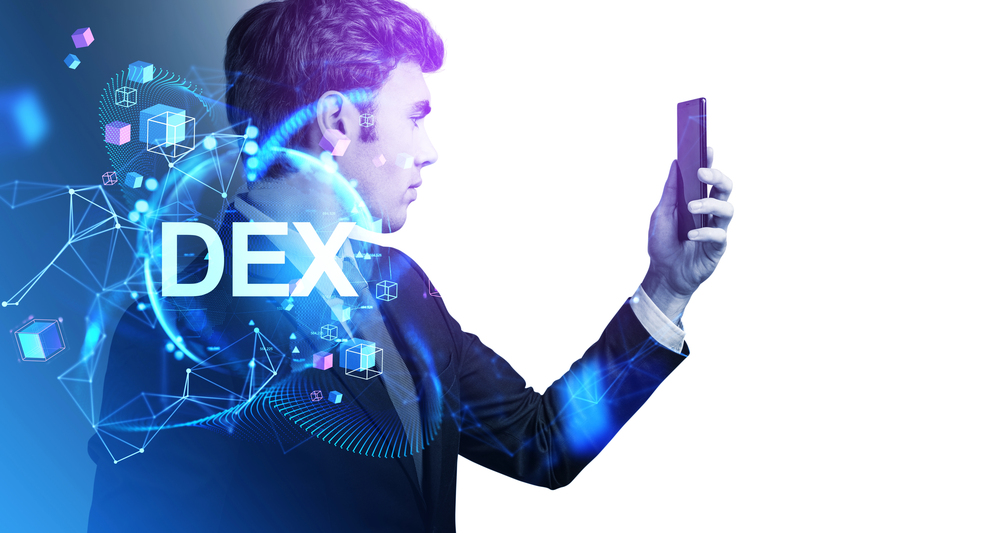
How AI-powered digital employee experience programs are reshaping IT [Q&A]
Digital employee experience, or DEX, is about how employees engage with the technology and services they use every day: everything from laptops, apps, collaboration tools to networks.
We spoke to Dean Fernandes, CTO of NWN.ai to find out more about the importance of DEX and how it’s changing the world of IT.
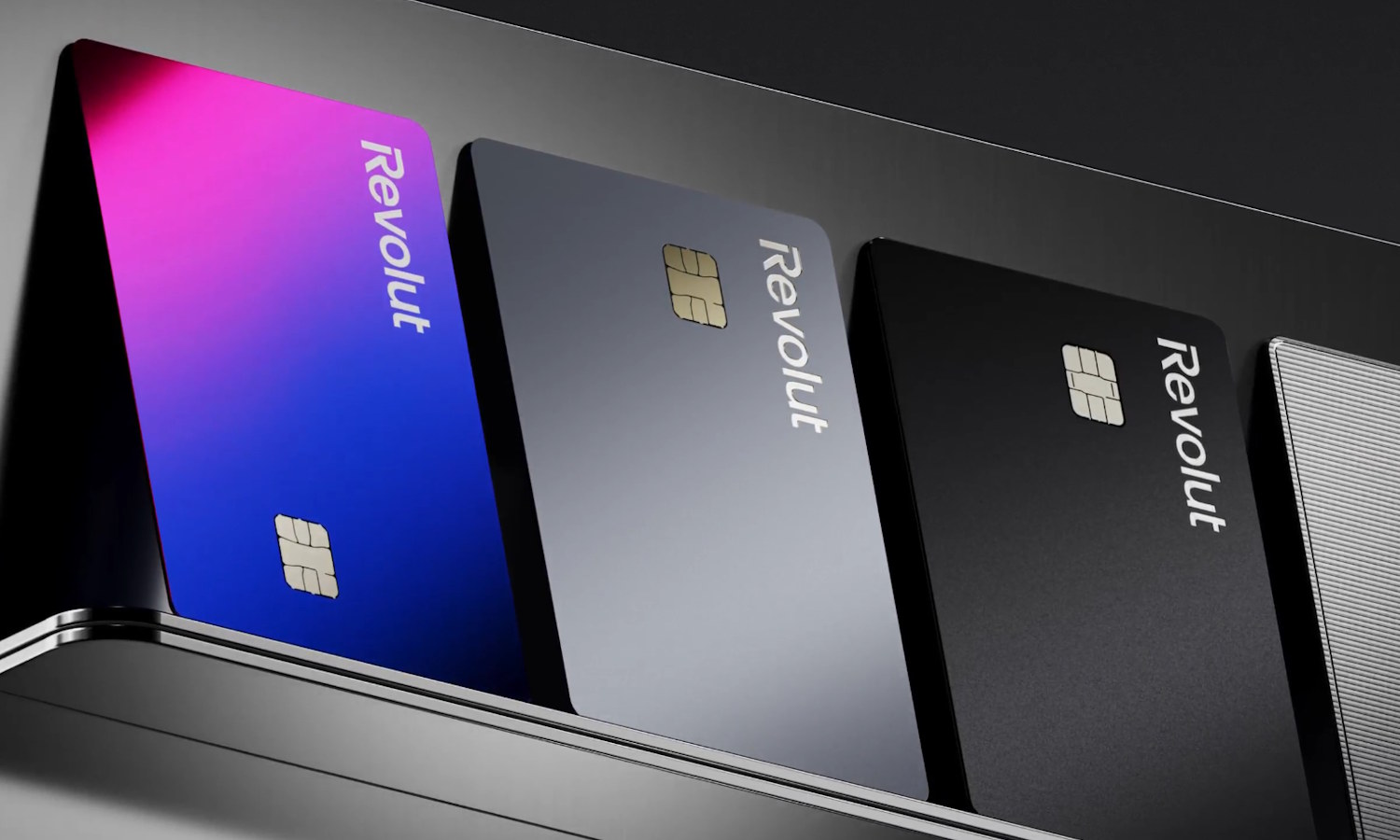
Fintech Revolut valued at $75 billion following fundraising share sale
Revolut, the London-based fintech, has completed a fundraising process which values the company at $75 billion. The fundraising involved a share sale which saw NVentures, NVIDIA’s venture capital arm, investing in the company.
Employees of Revolut were able to sell their shares if they wished to do so, making this the fifth time Revolut has afforded them this opportunity. The valuation and fundraising come as we near the end of a year in which the fintech gained banking authorization in Mexico, earned its banking incorporation licence in Colombia, and prepare to launch in another key market – India.

Google calls on European governments to update tech regulations to embrace AI
The president of Google EMEA, Debbie Weinstein, has called on governments in Europe to do more to help promote the adoption of AI across industry. Speaking at the Europe Business Summit in Brussels, she said that she sees massive potential for artificial intelligence in Europe.
There are, however, problems. Weinstein points to issues such as companies in the regions still working with older technologies but, more pressingly, the restrictive nature of EU regulations.

Meta is rolling out improvements to the Instagram Reels Camera
Instagram users are in line for a better Reels experience thanks to a number of newly unveiled camera experiences. There is quite a lot to explore here, but perhaps the most significant change is the option of posting videos up to 20 minutes in length.
The word “creator” is bandied about quite liberally in Instagram’s announcement, giving you a good idea of where the new improvements are to be found right from the start. That said, the new features and options are not really limited to that esteemed breed: the digital creator.
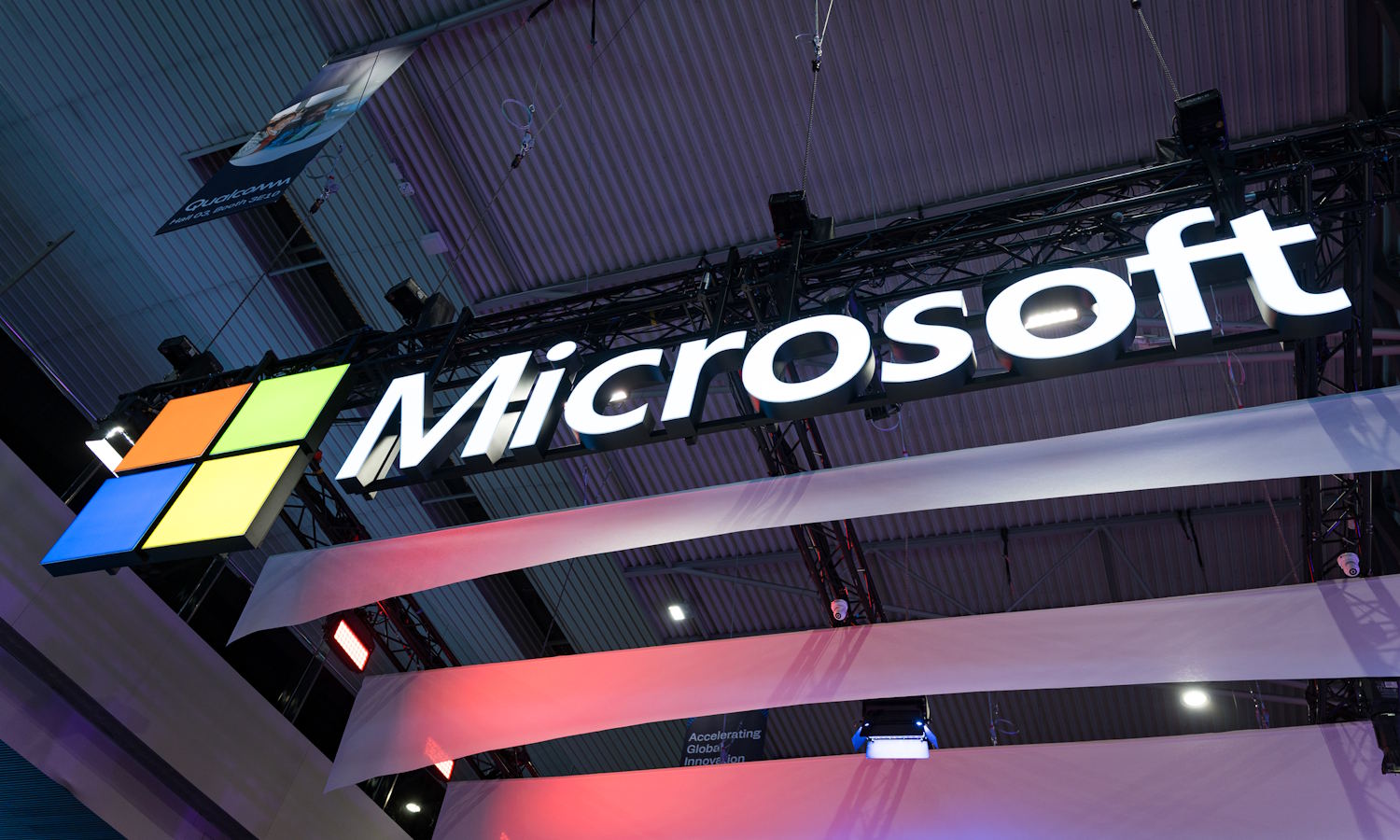
Microsoft will not release a 2025 diversity report
There has been a phase of tech companies releasing diversity reports each year, giving overviews of workforce makeups. Now Microsoft is bucking the trend.
Although the company has not said as much, the move is likely a direct response to pressure from the Trump administration. The US president has scrapped large numbers of diversity, equality and inclusion programs across government, and strongly suggested that private companies follow suit.

Microsoft releases Windows 11 Insider Preview Build 26220.7271 with new context menu, Xbox full screen experience for PC and more
Microsoft continues to release the same preview builds of Windows 11 to Insider on the Beta and Dev channels, and has just pushed out Windows 11 Insider Preview Build 26220.7271. While the company focuses on the introduction of the Xbox full screen experience for PC – and this is certainly a big addition – it may not be the highlight for most people.
Certainly more useful is the arrival of the recently announced Point-in-time restore for Windows, and the expansion of the resume across devices feature. Also of note is a significant redesign of the context menu for improved efficiency.

Scientists say finding extraterrestrial life and curing all genetic diseases could both happen in the next decade
Humanity’s search for life beyond Earth took center stage at the Dubai Future Forum 2025, held on November 18 and 19, where scientists said new methods for studying distant worlds could lead to the discovery of extraterrestrial life within a decade. The event also explored advances in gene editing, AI and global demographics, offering a wide view of the forces shaping the future.
Dr. Nikku Madhusudhan, Professor of Astrophysics at the University of Cambridge, said there is a “good chance” researchers will detect life on another planet soon. He said ongoing studies of exoplanet atmospheres are revealing traces of carbon-based molecules that could point to biological activity. He added: “In my mind, the question is not whether we will find life, because there’s a good chance we will -- the question is: are we prepared to find life as we don’t know it?”

Nearly every UK company hit by supply chain attacks despite big spending
BlueVoyant has released its sixth annual State of Supply Chain Defense report, offering a detailed look at how third-party risk is handled across regions, industries, and maturity levels.
The findings show widening gaps between investment and outcomes, rising breach rates, and growing use of AI to support vendor oversight. The research surveyed one thousand eight hundred senior IT leaders across eleven countries, including three hundred from the UK, and reveals how UK organizations compare with global trends.
